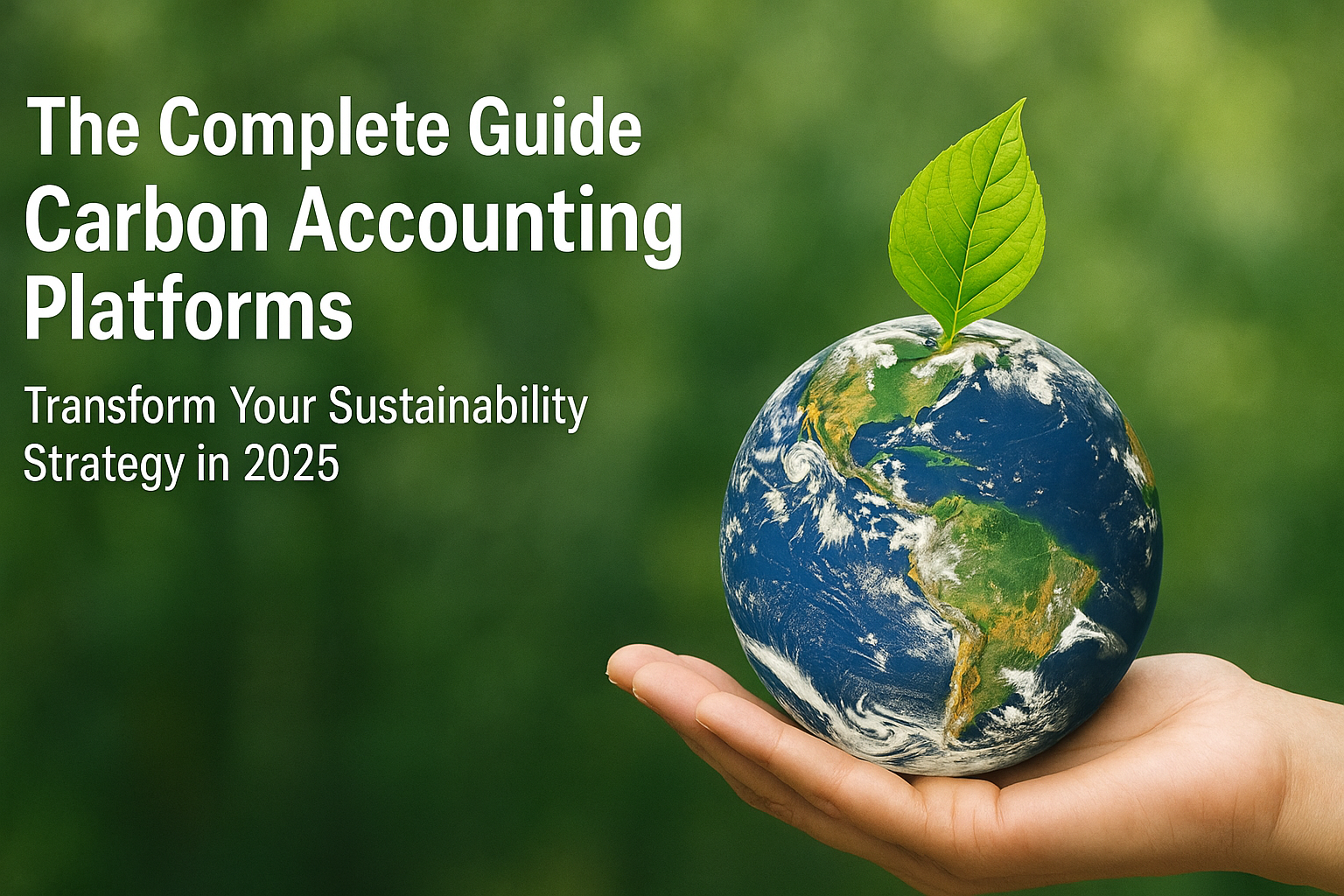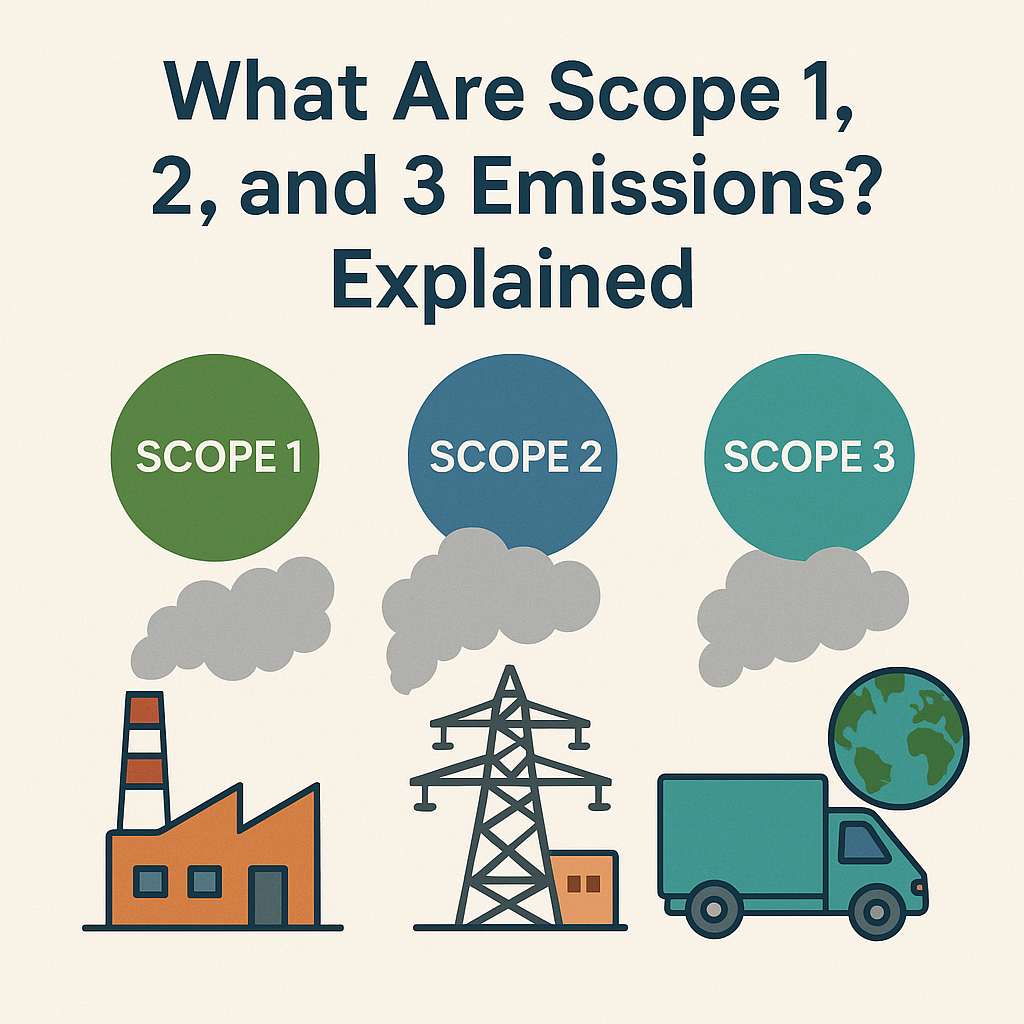Category 1 - Purchased Goods and Services encapsulates all upstream emissions, extending from the cradle to the gate of products acquired or purchased by a company within a reporting year. This broad definition encompasses both tangible goods and intangible services. It essentially accounts for the emissions generated during the production of every product a company acquires, emphasising the comprehensive nature of Scope 3 accounting.
To enhance clarity in reporting, emissions related to purchased goods and services that fall outside of other upstream categories (Category 2 through Category 8) are consolidated in Category 1. Additionally, transportation emissions related to the movement of products from a tier-one supplier to the reporting company are accounted for separately under Category 4: Upstream Transportation and Distribution.
Making a further distinction, companies often find categorising their purchases into production-related and non-production-related products beneficial. This segmentation aligns with procurement practices, offering a practical approach to organise and collect data efficiently.
Calculation Methods
When it comes to quantifying emissions in Category 1, companies can adopt different methods, each offering a unique perspective on the environmental impact. These methods can be broadly categorised into four types.
1. Supplier-Specific Method
This method involves collecting data directly from suppliers. It offers a highly specific calculation tailored to the individual supplier's emissions. However, the level of specificity comes at the cost of increased data collection efforts.
2. Hybrid Method
Combining the strengths of both supplier-specific and secondary data, the hybrid method is a nuanced approach. It involves collecting data from suppliers where possible and relying on industry averages for cases where specific data is unavailable.
3. Average-Data Method
For a less supplier-specific but more streamlined approach, companies can utilise average-data methods. This involves relying on industry-wide average data, providing a generalised overview of emissions associated with purchased goods and services.
4. Spend-Based Method
In cases where detailed supplier-specific data is challenging to obtain, the spend-based method offers an alternative. It calculates emissions based on the financial expenditure on purchased goods and services, providing a pragmatic yet less granular perspective.
Choosing the Right Approach
While the methods are presented in a sequence from the most specific to the least, it's crucial to note that there's no one-size-fits-all solution. The choice of method depends on the specificities of the company's operations, data availability, and the desired level of precision in reporting.
Companies may opt for a combination of methods based on the nature of their supply chain and the availability of data. The emphasis should be on finding a balance that aligns with the company's sustainability goals while ensuring the feasibility of data collection.



